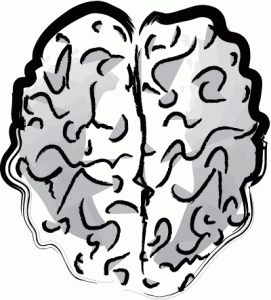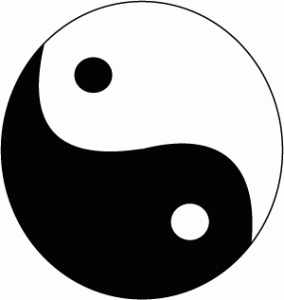The Two Hemispheres of the Quran Part 2 —Beautiful Symbols 1
If you’ve read our earlier post, “The Two Hemispheres of the Quran Part 1,” then you’ve tasted a little bit of the beauty of the mutashabehat, the Quran’s symbols.
Isn’t beauty subjective though? It is in the eye of the beholder, so everyone wouldn’t consider the mutashabehat beautiful, right? The beauty of the Quran’s symbols is like the beauty of nature surrounding us: like the beauty of the moon, or Niagara Falls, or Mount Everest. You may find some arguing that nature isn’t beautiful, but who really does that?
The following is a bit of a digression: We cannot consider nature ugly without considering ourselves the same since we are also part of nature. We also can never consider ourselves ugly—absolutely none of us—because our Creator is the Most Beautiful. Since we are the creation of the Most Beautiful, we are necessarily beautiful. No matter what worldly minds may think, each of us, as a creation of God, is indeed beautiful.1
Anyway, back to the topic of this post 🙂
Nature is the closest thing humans have to an objective standard of beauty. But didn’t I equate the beauty in nature with the beauty of the Quran’s symbols? Is there any strong evidence for such a conclusion? Yes, there is!
Isn’t God the author of nature? And for us, isn’t he also the author of the Quran? Well, take a peek at this verse:
We have revealed to you the most beautiful message,a book that is allegorical [mutashaabehan] and repeating […] (39:23).2,3
When God, the author of all the beauty in nature, says that symbols are part of what make the Quran beautiful, we can confidently say that the Quran’s symbols are as objectively beautiful as the moon, or Niagara Falls, or Mount Everest.4
And there you have it! The mutashabehat are beautiful indeed. The author of nature and the Quran says so. It’s up to us to discover this truth for ourselves. Open the Quran and start reflecting!
Some caution that we shouldn’t reflect upon the Quran’s symbols because no one really knows their true meaning. They use verse 3:7 as their basis. We’ll discuss this idea in part 3 of this blog post, but until then here’s a quick preview with a verse telling us just the opposite:
Had We sent down this Quran upon a mountain, you would have seen it humble itself and split apart from fear of God. Thus do We provide examples to mankind so they may reflect (59:21).
The verse above is a symbolic, allegorical verse. No doubt about that. And God tells us directly that he made it for the expressed purpose of engaging our minds and having us reflect. No doubt about that either 🙂 See you next post!
Footnotes:
1. Behavior can make a person seem beautiful or unattractive, but even people who have behaved in the worst ways are still beautiful as creations of God. Actions are ugly, but the person is not. As long as they breathe, they can repent. Reform is a beautiful thing, and each of us, no matter what, has the Light of God in our hearts. Let’s harmonize with the Light within 🙂
2. In Arabic, the word ahsan used in this verse can mean both “best” and “beautiful.”
3. Mutashabehan is an adjective form of mutashebehat.
4. We may use different terms in English to define the word mutahsabehat, such as symbols or allegories, but both English meanings can be encompassed by the word “mutashabehat.”


